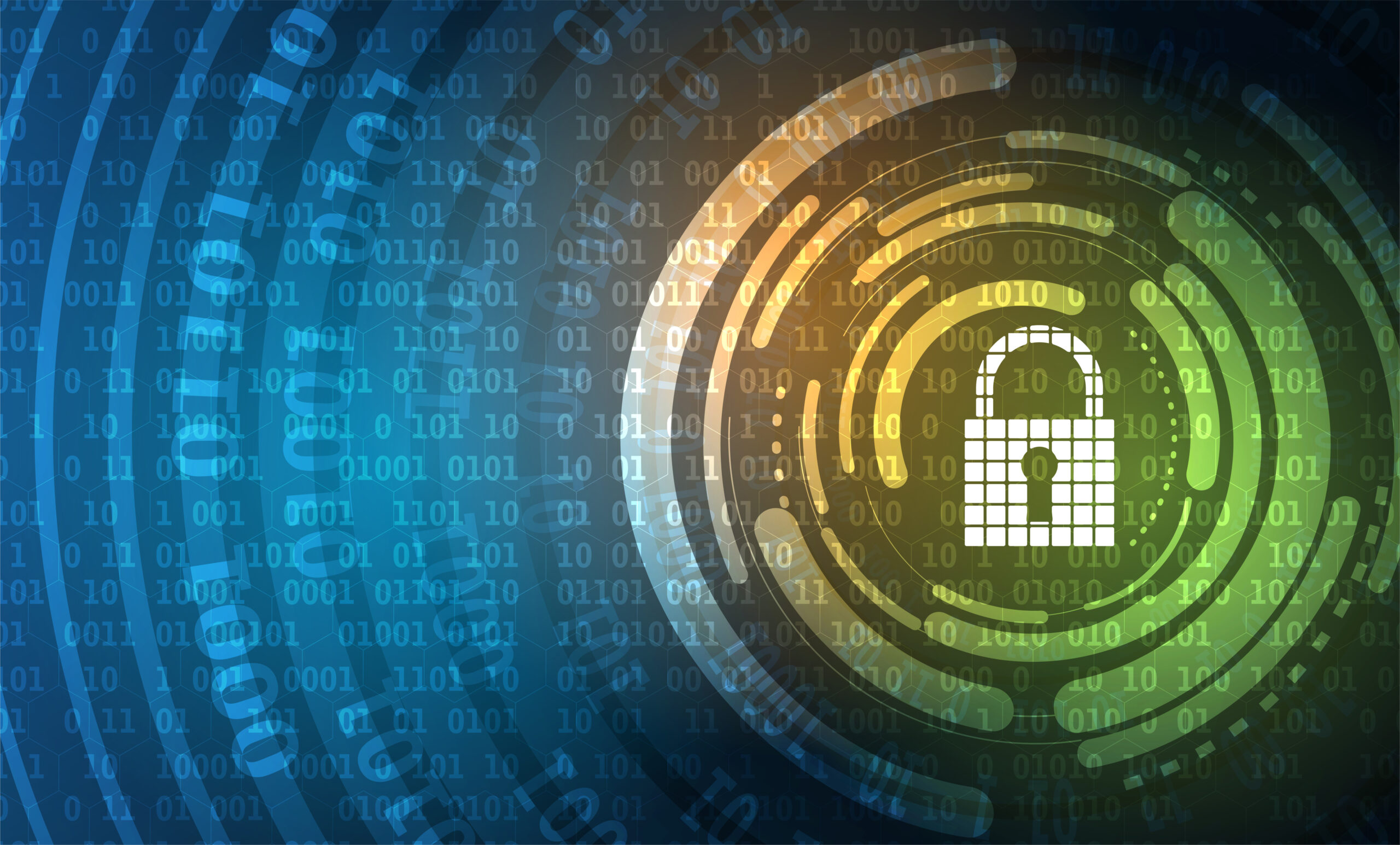Anti-malware Software Market Recent Innovations and Current Trends Analysis by 2030
“The Best Report Benzinga Has Ever Produced”
Massive returns are possible within this market! For a limited time, get access to the Benzinga Insider Report, usually $47/month, for just $0.99! Discover extremely undervalued stock picks before they skyrocket! Time is running out! Act fast and secure your future wealth at this unbelievable discount! Claim Your $0.99 Offer NOW!
Advertorial
“Final Report will add the analysis of the impact of COVID-19 on this industry.”
This comprehensive market research report thoroughly analyses the “Anti-malware Software Market” exploring the factors driving its growth, the obstacles it faces, and the opportunities it presents. It delivers an unbiased evaluation of the market’s performance, highlighting the latest industry advancements and innovative practices. Furthermore, the report examines the competitive landscape, including the strategies employed by key players, and identifies promising growth prospects in both established and emerging segments and regions. By offering a historical, current, and projected market size in terms of value, the report provides a detailed assessment of the Anti-malware Software Market. It also offers a regional perspective that provides valuable insights into the market’s performance across different geographical areas.
ENTER TO WIN $500 IN STOCK OR CRYPTO
Enter your email and you’ll also get Benzinga’s ultimate morning update AND a free $30 gift card and more!
Get a Sample Copy of the report: https://www.industryresearch.co/enquiry/request-sample/21808912
Market Analysis and Insights: Global Anti-malware Software Market
Major Players in Anti-malware Software market are:
Kaspersky Anti-Virus
Bitdefender
Trend Micro Antivirus+ Security
Avast Antivirus
F-Secure SAFE
Malwarebytes
Get a Sample Copy of the Anti-malware Software Market Report
Market research also identifies barriers and challenges that may hinder market growth. These could include high entry barriers, intense competition, supply chain disruptions, changing market dynamics, or legal and regulatory constraints. By recognizing these obstacles, businesses can develop mitigation strategies to overcome them and enhance their competitive advantage.
Anti-malware…



